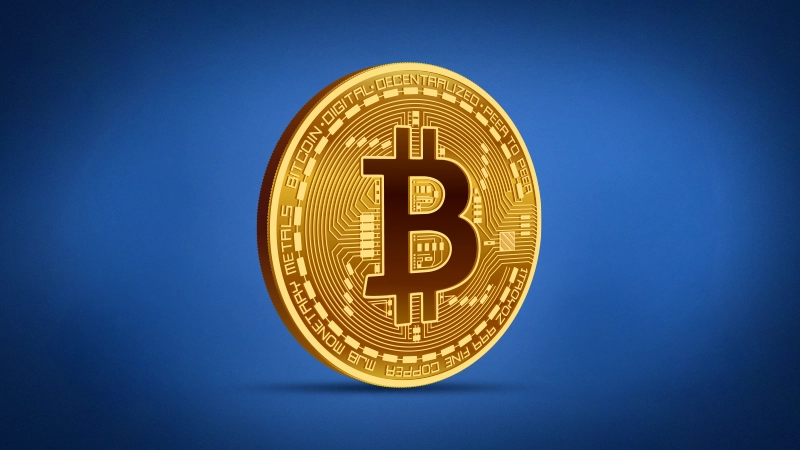
Bitcoin Volume Relationship
We know that the volume of crypto coins increases while the market is moving. The highest volumes are experienced when the market is going up hard or pulling back hard. In a period of stagnation in pricing, the trading volume on the stock exchanges is also decreasing. In such periods, the investor who wants to buy crypto money is not in favor of buying at this price. The investor who wants to sell also holds the crypto money until it reaches the price it wants. We will analyze this movement, which can be observed very clearly with the eye, in a sub-detail. Could it be that the market is making higher volumes in upward movements than in downward movements? For this, we will compare Bitcoin price movements with volume. First of all, let us express the correctness of the reflection of the market mobility that we can see with the eye on the volume.This chart shows that there is a positive relationship between price change and volume change. Of course, here we have taken price changes as absolute value and shown that price mobility explains the volume change. In the data of the last 3 years, we removed the 40% price decline on Thursday, March 12 from the data set because it was an extreme example. According to this data, we can say that a 1 percent change in price change causes a 9.85 percent change in volume. With R2, we understand that one of the reasons for the change in volume is the change in price. As we mentioned above, this relationship is visible. Can positive pricing lead to a higher change in volume? Now let’s examine it.We have already said that we take negative price changes as positive in order to compare them on the same chart. In the chart above, the green dots represent positive price changes, while the red dots represent negative price changes. The relationship between volume and price change is expressed by the green and red lines. According to the angle of these lines, we can say that the rise values have more effect on the volume than the decrease values. In other words, we can say that the volume increased by 10.67% in a 1% price increase and decreased by 8.76% in a 1% price decrease. When we look at it as R2, we can say that increases are more effective than decreases in volume explanation.
As a result, we can say that investors’ willingness to buy in the upward price increase is higher than their willingness to sell in the downward trend. We observe that the desire to stop losses in downward movements is lower.